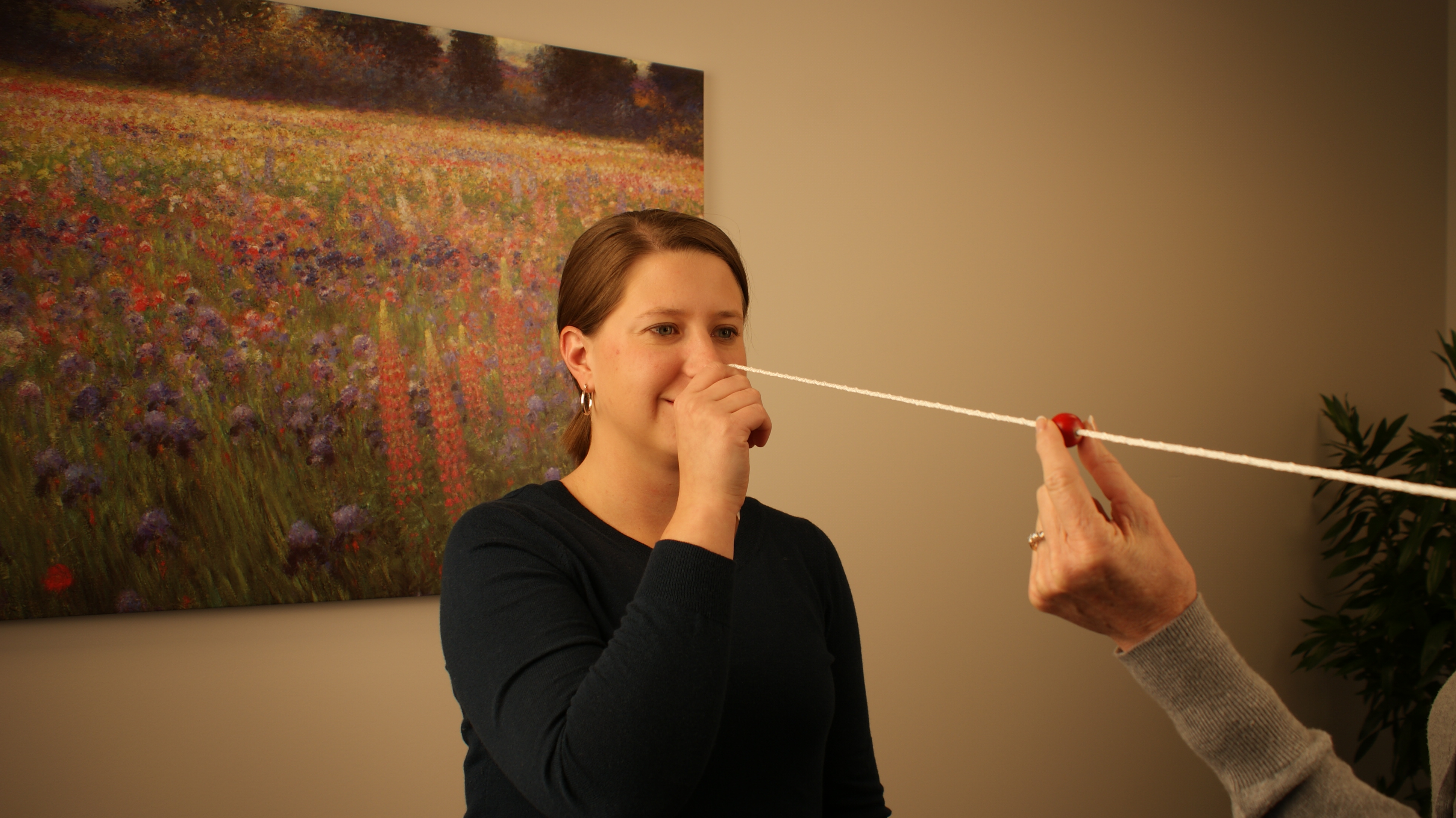Reasonably good, if not perfect, vision is indispensable to success in every facet of one’s life. Unfortunately, there is a significantly large number of people who suffer from one form of vision problem or another.
Vision therapy is prescribed because certain vision problems cannot be completely resolved by the use of contact lenses or glasses alone. This is why a sustained program of vision therapy is an effective alternative and one that is highly recommended by qualified optometrists today.
Understanding Vision Therapy
Vision therapy is basically a progressive, in-office or at-home program that is specifically designed to address perceptual-cognitive and/or visual-motor deficiencies in people affected by various vision problems. Vision therapy sessions are tailored to an individual’s specific vision problem and supervised by highly qualified developmental optometrists. However, to determine whether or not a candidate requires vision therapy, the first step taken is a comprehensive examination and evaluation carried out by a qualified developmental optometrist.
What Vision Therapy Involves
In –office vision therapy sessions are held in an office, under close supervision and monitoring of a qualified developmental optometrist with each lasting for approximately an hour. These sessions are held on a weekly or bi-weekly basis. However, the total duration of a vision therapy program is dependent on the specific nature of each case and can extend from a number of months to more than a year.
A typical vision therapy session involves the following:
• A series of in-office/at-home eye exercises and vision-improving/enhancing techniques and skills
• Highly advanced computer software programs
• Optical filters
• Goggles and eye patches
• Visual-motor-sensory integration training
However, the use of some advanced optical devices involved in a vision therapy session is regulated, among them:
• Prism lenses
• Corrective lenses
• Therapeutic lenses
To reinforce the visual skills acquired during vision therapy sessions, vision therapists prescribe supplementary vision-improvement techniques and exercises that must be practiced at home, specifically, during the period between office visits.
Benefits of Vision Therapy
In addition, vision therapy sessions are specifically designed to augment the brain’s capability to facilitate control; over common vision problems. This is achieved through a program of visual exercises and technique which deliver benefits that include:
• Maintaining precise eye alignment
• Improving all-round eye movement
• Augmenting focusing ability
• Raising visual processing ability
• Facilitating overall visual efficiency, comfort and ease
Candidates for Vision Therapy
Vision therapy does not target any particular age group because vision problems are a common occurrence among all groups of people – young children, adults and the elderly. Vision therapy is highly effective because of its proven ability to treat a diverse range of vision problems that different people face. Some of the main vision problems that afflict both children and adults and which can be treated effectively through vision therapy sessions include:
• Vision impairment or “lazy eye”(Amblyopia)
• Abnormal alignment in one or both eyes (Strabismus)
• Visual problems induced by stress.
• Vision problems caused by nature of work or environmental conditions
• Learning-related visual deficiencies
• Improper binocular coordination (eye teaming)
While vision therapy can, to a great extent, treat and cure many vision problems, it is imperative to seek optometric attention as soon as you experience some form of visual difficulty. The consequences of neglect can be substantial in physical, economic and social terms. In most cases, early intervention through vision therapy can indeed save one of the most precious gifts given to you … the gift of vision.
For a wealth of information on vision therapy, www.visual-dynamix.com is a great place to start.
